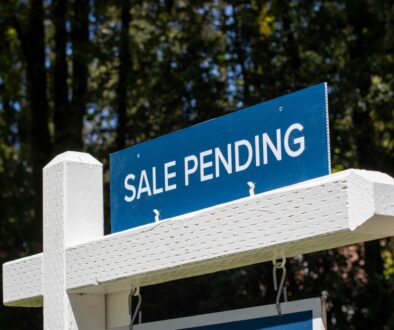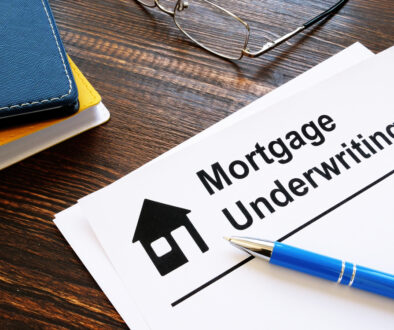Understanding the Role of Private Mortgage Insurance
There are several potential add-ons that may come with a mortgage, many of which are generally arranged and agreed upon around closing time, and one of these is private mortgage insurance. Abbreviated PMI, private mortgage insurance is a way to protect the lender in many mortgage situations where a limited down payment is being made up front.
At Primary Residential Mortgage, we’re happy to explain how PMI works and whether you will be required to take it when utilizing any of our mortgages. Here’s a general primer on who has to pay it, the types available, the factors that define how much it will cost, and how long you can expect to be carrying it after you purchase your home.
Mortgage Insurance Purposes and Benefits
In many cases, borrowers are unable to bring 20% of the home’s purchase price as a down payment. This is when PMI is generally used – it’s a way of providing additional financial reassurance to the lender in cases where the down payment isn’t as large. If your down payment is 20% or greater, you do not have to worry about mortgage insurance.
It’s important to note that there are often benefits to the borrower here as well. For those who want a bigger, long-term home they can’t afford a down payment on, PMI is a way to get the mortgage you want despite your limitations. Without it, the loan likely would not be approved to begin with based on the lower down payment amount.
Types of Mortgage Insurance
There are two general types of mortgage insurance: Single premiums, which come with a one-time cost paid up front, or monthly premiums, which are more common. Your loan officer will recommend the best type based on your situation.
Factors Determining Cost of Mortgage Insurance
PMI rates are determined by the lender’s insurance provider in most cases. The factors they will look at to determine your number include:
- The property type
- Your credit history
- Your down payment amount
- The loan type
- Whether you are living in the home or converting it into a rental property
How Long Will You Pay Mortgage Insurance?
It’s vital to understand that you do not have to carry PMI for the entire life of a mortgage. Rather, you have to carry it long enough to build up a proper level of equity in the home to lower the risk to the lender. Once you have reached 78% on your loan-to-value ratio – that is, dividing the current principal loan balance by its original number – PMI will automatically be dropped. There are also situations where you can request that PMI be dropped earlier than this, when you reach the 80% range on your LTV ratio.
For more on private mortgage insurance, or to learn about any of our mortgage rates or loan programs, speak to the staff at Primary Residential Mortgage today.
*PRMI NMLS 3094. PRMI is an Equal Housing Lender. Some products and services may not be available in all states. Credit and collateral are subject to approval. Terms and conditions apply. Programs, rates, terms, and conditions are subject to change and are subject to borrower(s) qualification. This is not a commitment to lend. Opinions expressed are solely my own and do not express the views of my employer.




